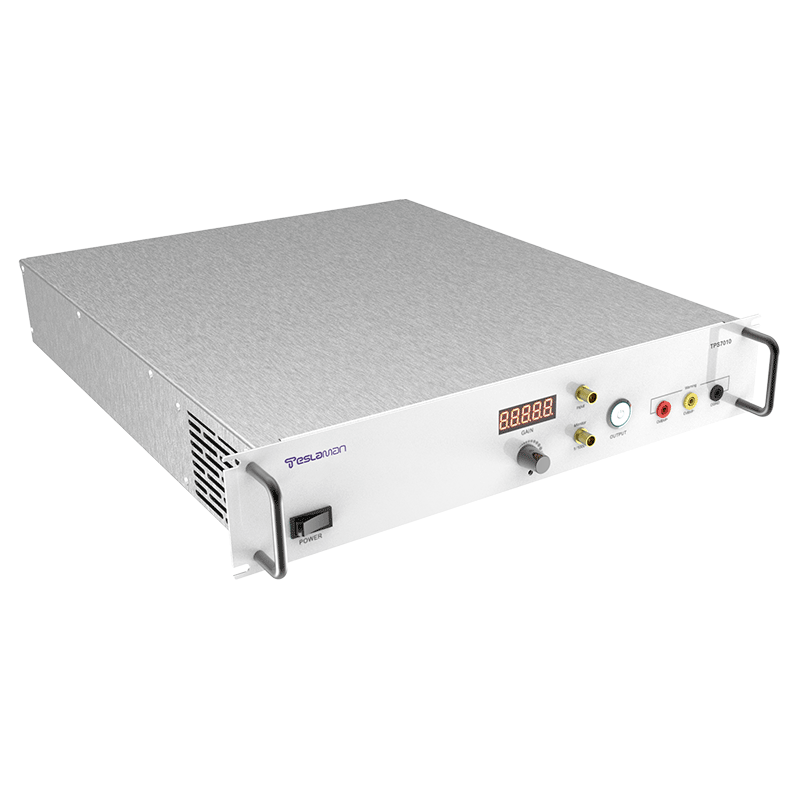The Critical Role and Technical Challenges of High-Voltage Generators in Power System Frequency Regulation
As the power system continues to develop and increase in complexity, frequency regulation, as one of the core tasks for stable operation of the power system, has become increasingly important. In this field, high-voltage generators play an indispensable role. This article will elaborate in detail from a professional perspective on the key role of high-voltage generators in power system frequency regulation and explore the technical challenges they face.
**I. The Role of High-Voltage Generators in Frequency Regulation**
High-voltage generators generally refer to power supply equipment that can generate high voltage outputs. In the power system, they are mainly used to provide necessary voltage and energy for various high-voltage electrical equipment. In terms of frequency regulation, the application of high-voltage generators is mainly reflected in the following aspects:
1. **Stability Support for New Energy Integration into the Grid**: With the large-scale integration of new energy sources such as wind and solar power, the frequency stability of the grid has been challenged. High-voltage generators can provide stable high voltage for new energy grid-connected inverters, ensuring their normal operation, thereby indirectly participating in the frequency regulation of the grid.
2. **Reactive Power Compensation and Voltage Support**: In the power system, the balance of reactive power is crucial for maintaining voltage stability. High-voltage generators can quickly respond to changes in system reactive power demand and regulate system voltage by outputting controllable reactive power, thereby affecting frequency.
3. **Power Supply for Converter Valves in HVDC Systems**: In high-voltage direct current (HVDC) transmission systems, converter valves are the core equipment. High-voltage generators are responsible for providing stable high-voltage DC power to the converter valves, ensuring their reliable operation and thus ensuring the stable transmission of frequency in the HVDC system.
**II. Technical Challenges**
Although high-voltage generators play a key role in power system frequency regulation, they still face many technical challenges in practical applications:
1. **Harmonic Pollution Problem**: High-voltage generators may generate harmonic currents during operation, which can penetrate into the grid and cause interference to other electrical equipment. Therefore, how to effectively suppress harmonic pollution and improve power quality is an important issue that needs to be addressed in the design of high-voltage generators.
2. **Response Speed vs. Stability Dilemma**: When the grid frequency fluctuates, high-voltage generators need to respond quickly to maintain system stability. However, too fast response speed may lead to system instability. How to ensure response speed while maintaining system stability is a difficult point in the control strategy design of high-voltage generators.
3. **Insulation Performance and Heat Dissipation Issues**: Since high-voltage generators operate in a high-voltage and large-current environment, their insulation performance and heat dissipation performance are directly related to the reliability and lifespan of the equipment. Therefore, how to improve the performance of insulating materials and optimize the heat dissipation structure is a key technology that needs attention in the manufacturing process of high-voltage generators.
5.**Intelligentization and Adaptability Requirements**: With the advancement of smart grid construction, higher requirements for the intelligentization and adaptability of high-voltage generators have been put forward. How to realize remote monitoring, fault diagnosis, adaptive regulation, and other functions of equipment to meet the development needs of smart grids is an important direction for the current development of high-voltage generator technology.




















